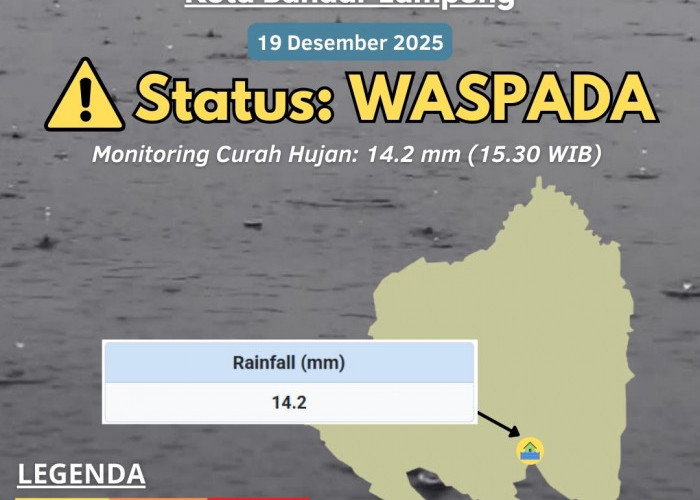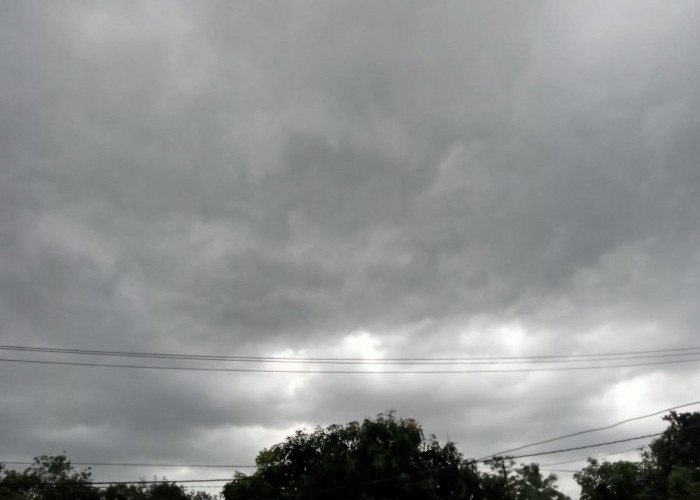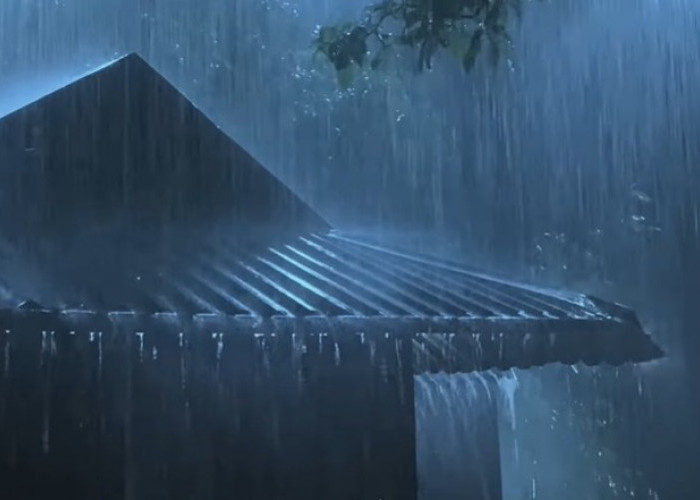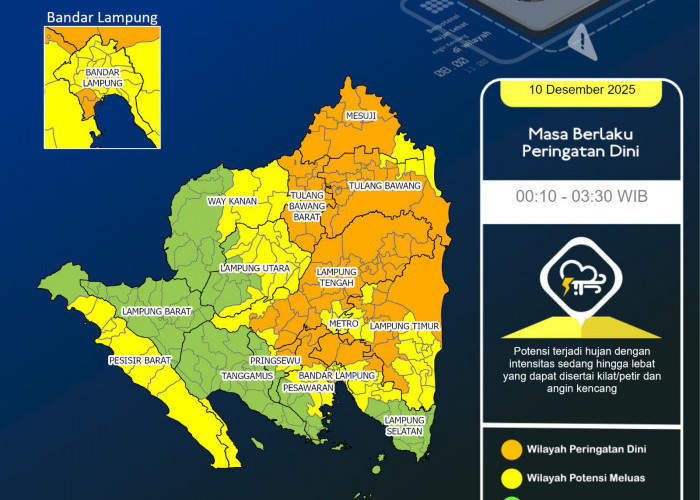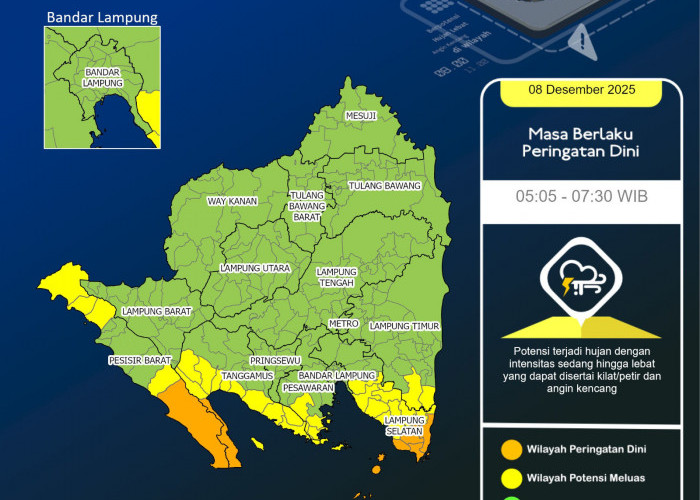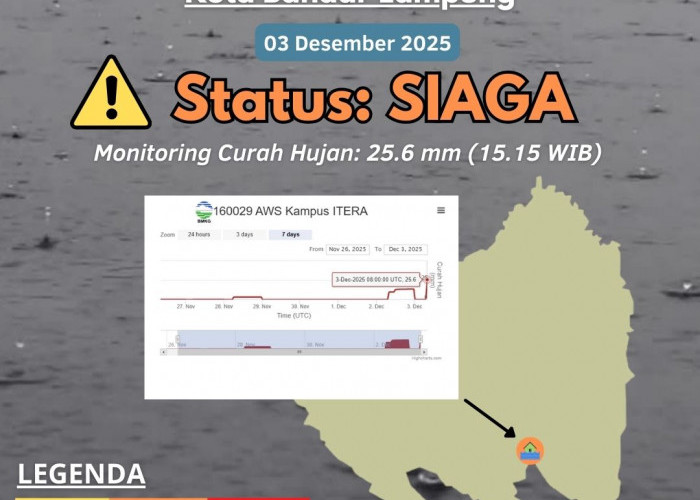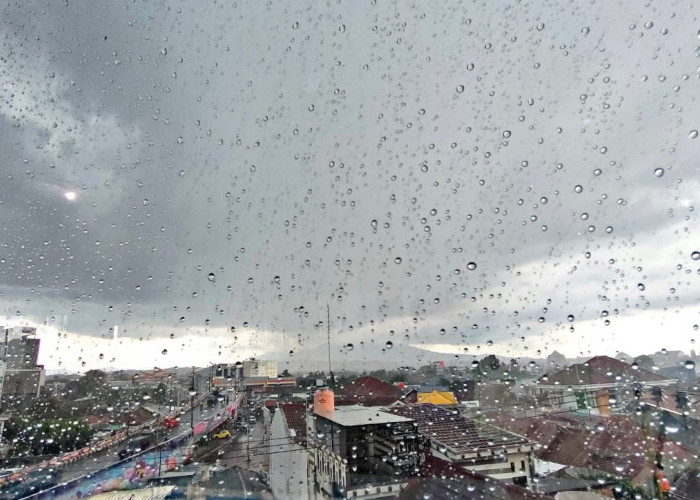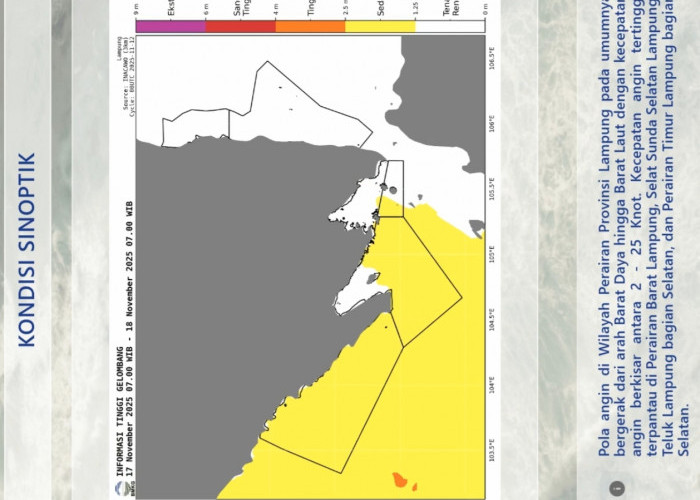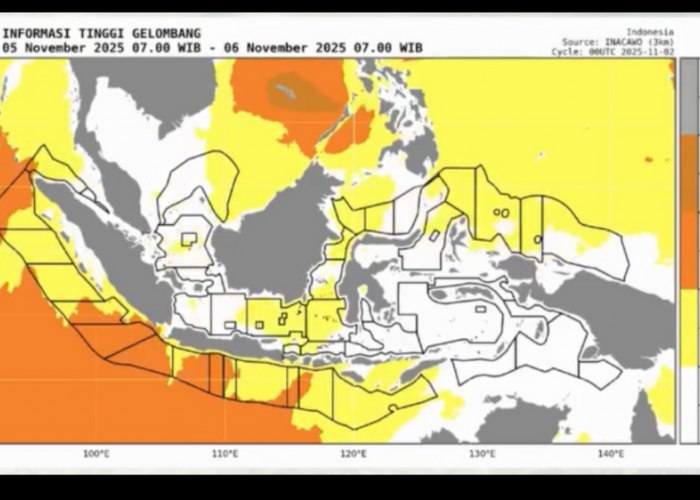BMKG Explains Why an Island Appeared After The Maluku Earthquake
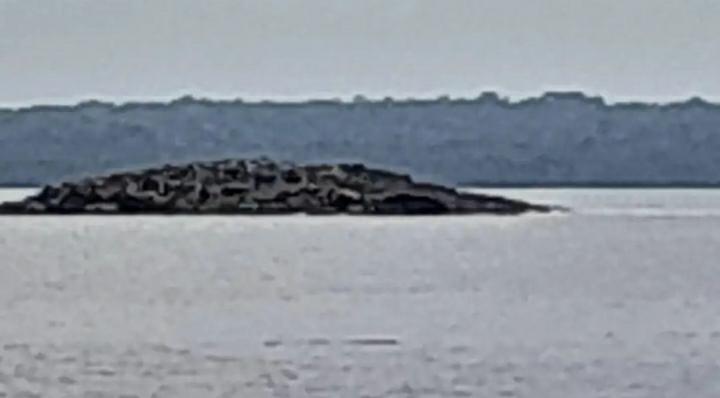
an Island Appeared After The Maluku Earthquake.--Facebook Daryono BMKG
RADARLAMPUNG.CO.ID, BANDAR LAMPUNG - The appearance of the island after the earthquake that rocked Maluku seems to be the center of attention for many groups. The reason is that after the earthquake shook, an island appeared, which is also called a "mud volcano."
The emergence of a "mud volcano" is a strange phenomenon for some people, causing a stir in society.
This phenomenon also caused the entire Teinaman Village community to panic and fear, so they chose to flee to a safe place for the time being.
Previously, it was reported that Maluku was shaken by an earthquake on Tuesday, January 10, 2023, at around 00.47 WIB in the morning with a magnitude of 7.5 on the Richter scale.
BACA JUGA: The Phenomenon of The Death of Tens of Thousands of Fish in Lake Ranau
The epicenter was at the coordinates 7.37 South Latitude and 130.23 East Longitude, or to be precise, in the sea at a distance of 136 km to the northwest of Maluku, West Southeastern Maluku, at a depth of 130 km below sea level.
The earthquake that appeared on the surface of the sea after the earthquake was what finally made the people of Teinaman Village panic and fear, so they temporarily left to evacuate.
This was reported by radarlampung.co.id from Daryono BMKG's Facebook social media account on Friday, January 13, 2023.
The Head of the BMKG Earthquake and Tsunami Center (Meteorology, Climatology, and Geophysics Agency), Daryono, via his personal Facebook, said that the island that appeared after the earthquake that rocked Maluku was called the "mud volcano" phenomenon.
BACA JUGA: PLN Collaborates With 16 Universities for Human Resource Research and Development
Daryono described the "mud volcano" that appeared on Tuesday, January 12, 2023, as a normal phenomenon that occurs as a result of the shocks generated by the earthquake itself.
"Actually, this kind of natural event is a natural phenomenon known as the emergence of a mud volcano, which is popularly known as a mud volcano," wrote Daryono through a post on his personal Facebook account.
"This mud volcano sometimes appears on the surface some time after a strong earthquake," he continued.
Daryono explained that if you look at it physically, then the pressure that occurs in the Earth's crust accumulates when underground fluids and gases are trapped in the sediment layer so they cannot escape.
Cek Berita dan Artikel lainnya di Google News
Sumber:













